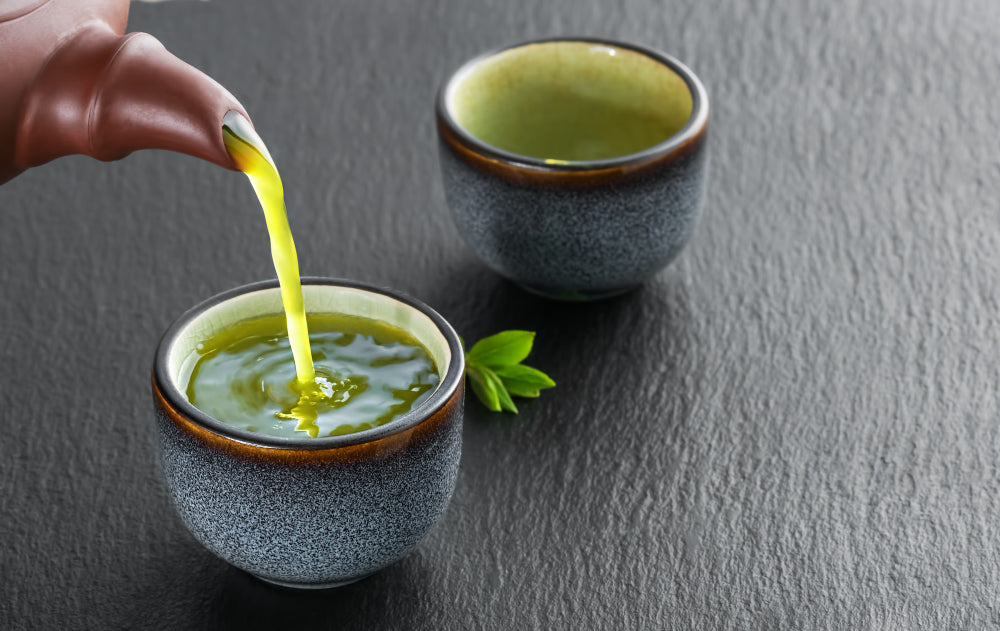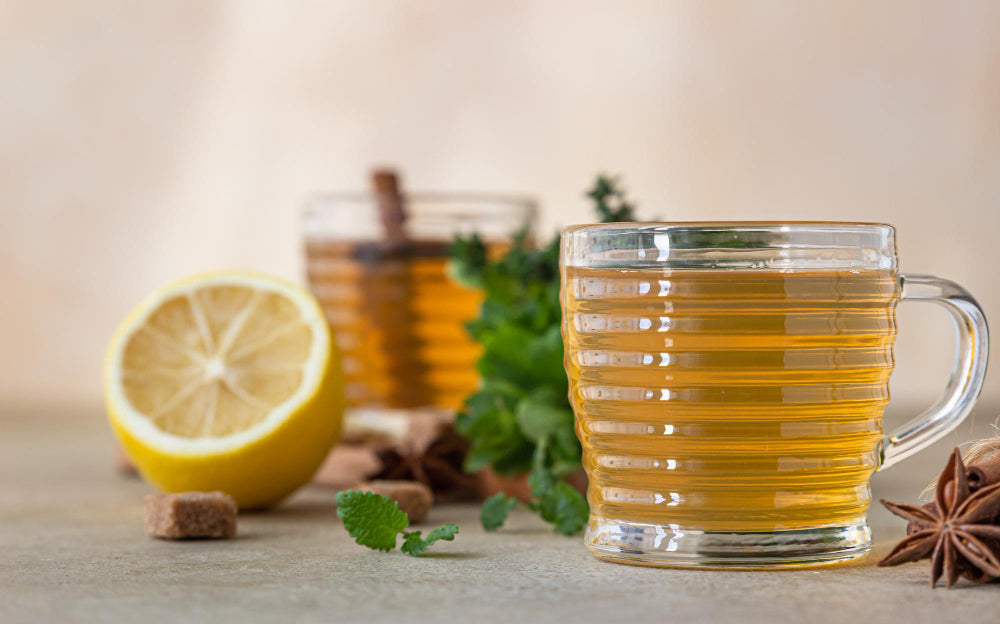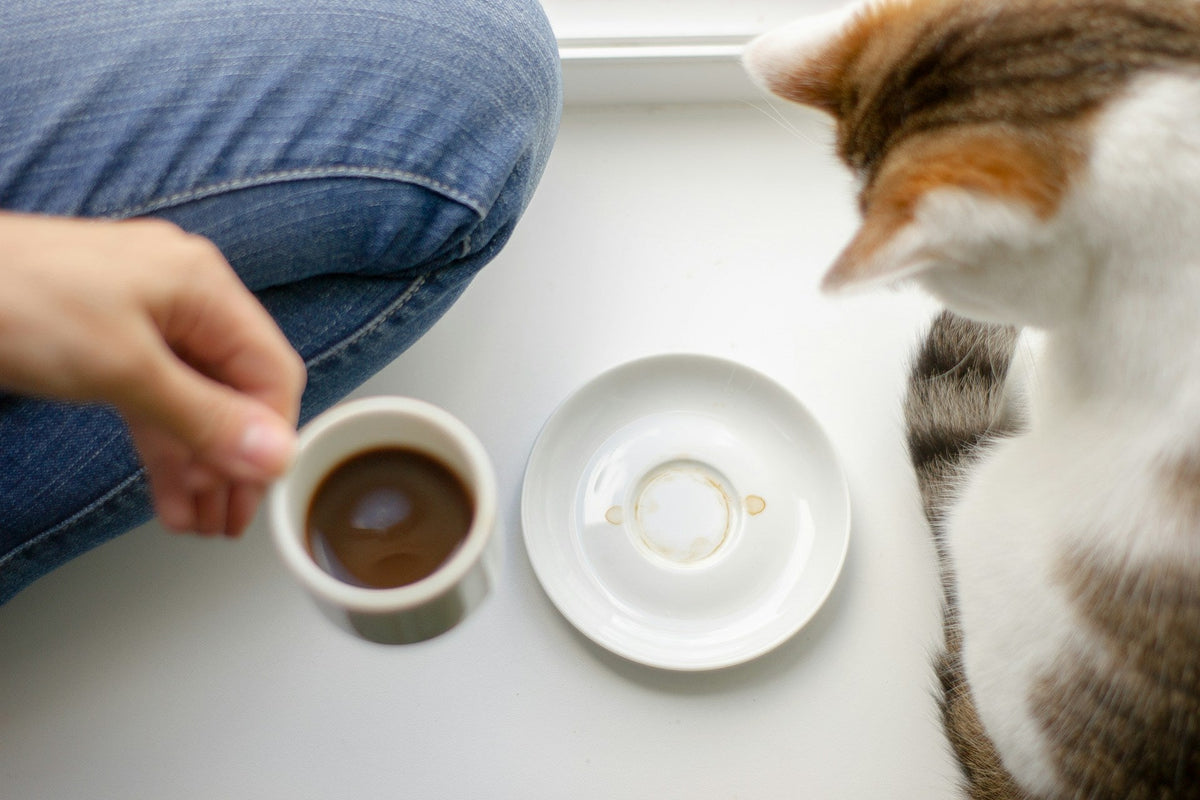Best Japanese Green Tea: A British Tea Lover’s Complete Guide

When you think of tea, you probably picture a warm cup of English Breakfast. But there’s a whole world of green tea out there—especially from Japan—that deserves a spot in your kitchen cupboard.
In this guide, we’ll take you through the best Japanese green teas, how they’re different, why they’re so good for you, and where you can buy authentic ones without getting lost in confusing jargon.
Let’s dive in.
What Makes Japanese Green Tea Special?
Japan’s relationship with green tea goes back over 800 years. But what makes it stand out from other teas?
Simple: steaming and freshness.
Unlike Chinese green teas, which are often pan-fried, Japanese green teas are steamed after harvesting. This process locks in their vibrant green color and gives them that signature fresh, grassy taste with a subtle umami kick.
You might hear terms like:
-
Sencha: the everyday hero of Japanese green tea.
-
Gyokuro: a luxury tea, shade-grown for extra sweetness.
-
Bancha: a gentle, milder tea for casual sipping.
Each one has its own charm. More on that next.
Popular Types of Japanese Green Tea (With Tasting Notes)
Here’s a simple comparison to help you pick the right one:
|
Tea Type |
Flavour Profile |
Caffeine |
Best For |
|
Sencha |
Fresh, grassy, hint of seaweed |
Moderate |
Daily drinkers |
|
Gyokuro |
Sweet, mellow, rich umami |
High |
Special occasions |
|
Bancha |
Mild, earthy, less bitter |
Low |
Afternoon relaxation |
|
Hojicha |
Roasted, nutty, toasty |
Very Low |
Evening sipping |
|
Matcha |
Bold, creamy, vegetal |
High |
Ceremonial & lattes |
|
Tea Type |
Flavour Profile |
Caffeine |
Best For |
Our Top Picks You Can Try:
-
Japanese Sencha Extra Premium – For a rich, smooth daily brew.
-
Japanese Bancha – Perfect for a light, comforting afternoon cup.
-
Japanese Sencha Kakagawa – A classic choice with a refreshing twist.
These are carefully sourced to ensure freshness and quality—so you get an authentic experience, right here in the UK.
Health Benefits of Japanese Green Tea (Backed by Science)
You’ve probably heard green tea is good for you. But why exactly?
-
Rich in Catechins (EGCG): These are powerful antioxidants that help fight cell damage and support heart health.
-
Boosts Metabolism: Studies show green tea can gently increase fat burning.
-
Supports Focus & Calm: Thanks to L-theanine, a natural amino acid that promotes relaxation without drowsiness.
-
Good for the Heart: Regular consumption may help reduce blood pressure and improve cholesterol levels.
Fact: A study from Harvard suggests that regular green tea drinkers have a lower risk of heart disease compared to non-drinkers and it also improves brain function. Read more here.
How to Brew Japanese Green Tea the Right Way
It’s simple, but a few tweaks can make your tea taste worlds better.
General Brewing Tips:
-
Water Temperature: Not boiling! Aim for 70–80°C (158–176°F).
-
Brewing Time: Around 1–2 minutes. Over-steeping = bitterness.
-
Leaf Quantity: 1 teaspoon per cup.
-
Use Fresh Water: Always.
Quick Reference Guide:
|
Tea Type |
Temperature |
Steeping Time |
|
Sencha |
75–80°C |
1–2 mins |
|
Gyokuro |
50–60°C |
2–3 mins |
|
Bancha |
80–85°C |
1–2 mins |
|
Matcha |
Whisk with 70–80°C water |
Instant |
➡ Pro Tip: Use a Japanese teapot (Kyusu) for Sencha and Bancha. For Matcha, a bamboo whisk makes all the difference.
Where to Buy Authentic Japanese Green Tea in the UK & USA
The key to a good cup of Japanese green tea is freshness.
Many supermarket teas sit on shelves for months. Look for specialty tea shops that source directly from Japan.
Trusted Sources:
-
British Tea – Carefully selected Japanese teas, shipped fresh. Explore Now.
-
Ippodo Tea (Japan-based, international shipping)
-
Thés du Japon (for rare varieties)
-
Sazen Tea (for tea + teaware)
Always check for:
-
Harvest dates
-
Organic certifications
-
Shade-grown / first flush indicators
Pairing Japanese Green Tea with British Traditions
You don’t need to give up your afternoon tea ritual to enjoy Japanese green tea.
Here’s how they fit perfectly:
-
Sencha with shortbread – balances the buttery richness.
-
Bancha with light sandwiches – cleanses the palate.
-
Hojicha with evening biscuits – a low-caffeine option to wind down.
Even Matcha lattes can be a fun twist on your usual cuppa.
Frequently Asked Questions (FAQs)
What is the best Japanese green tea for beginners?
Start with Sencha. It’s the most popular, well-balanced, and easy to enjoy daily.
Is Japanese green tea stronger than regular green tea?
In flavour, yes it’s fresher and more umami-rich. In caffeine, it depends on the type. Gyokuro & Matcha are strong, Bancha is mild.
How can I be sure I’m buying real Japanese green tea?
Buy from trusted sources with clear origins. Look for first harvest (ichibancha) teas for top quality.
How should I store Japanese green tea?
Keep it in an airtight container, away from light, heat, and moisture. Once opened, use it within 2-3 months.
Final Thoughts
Japanese green tea isn’t just a drink—it’s an experience. Whether you’re after a refreshing everyday brew or a moment of calm with a cup of Gyokuro, there's tea for every mood.
At British Tea, we’ve handpicked a selection of authentic Japanese teas to help you explore this world without overwhelm.



0 comments